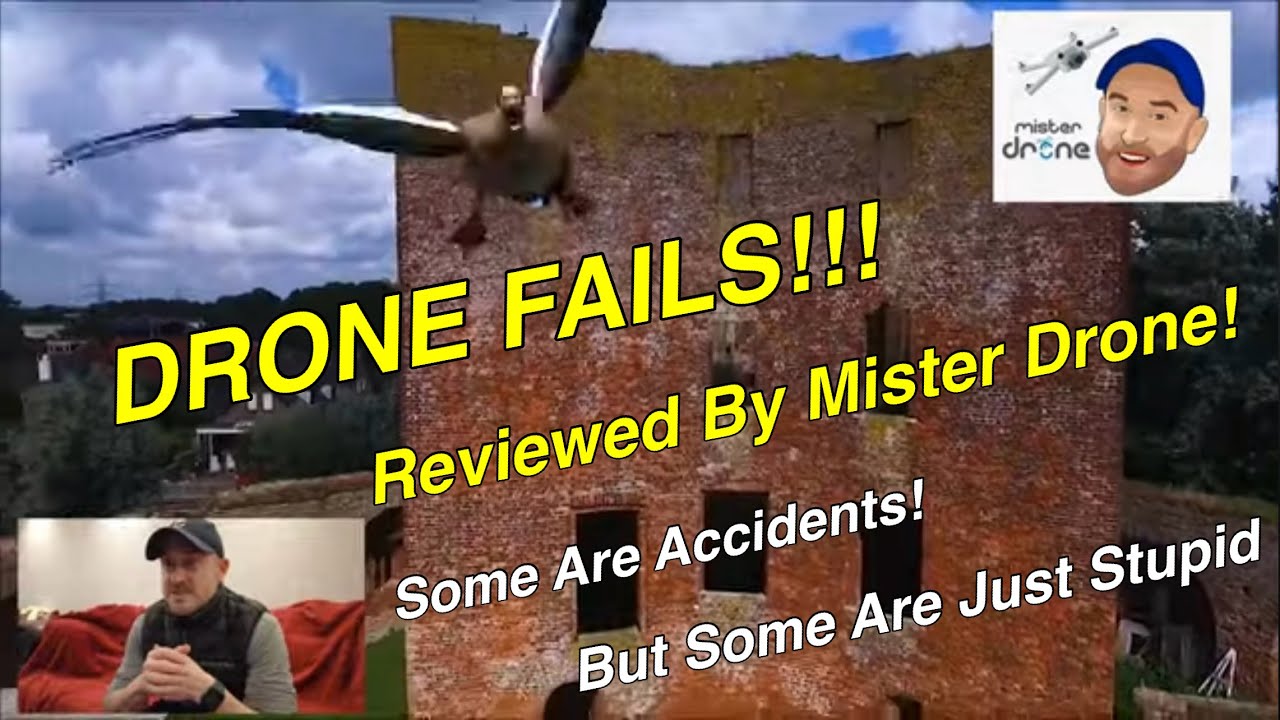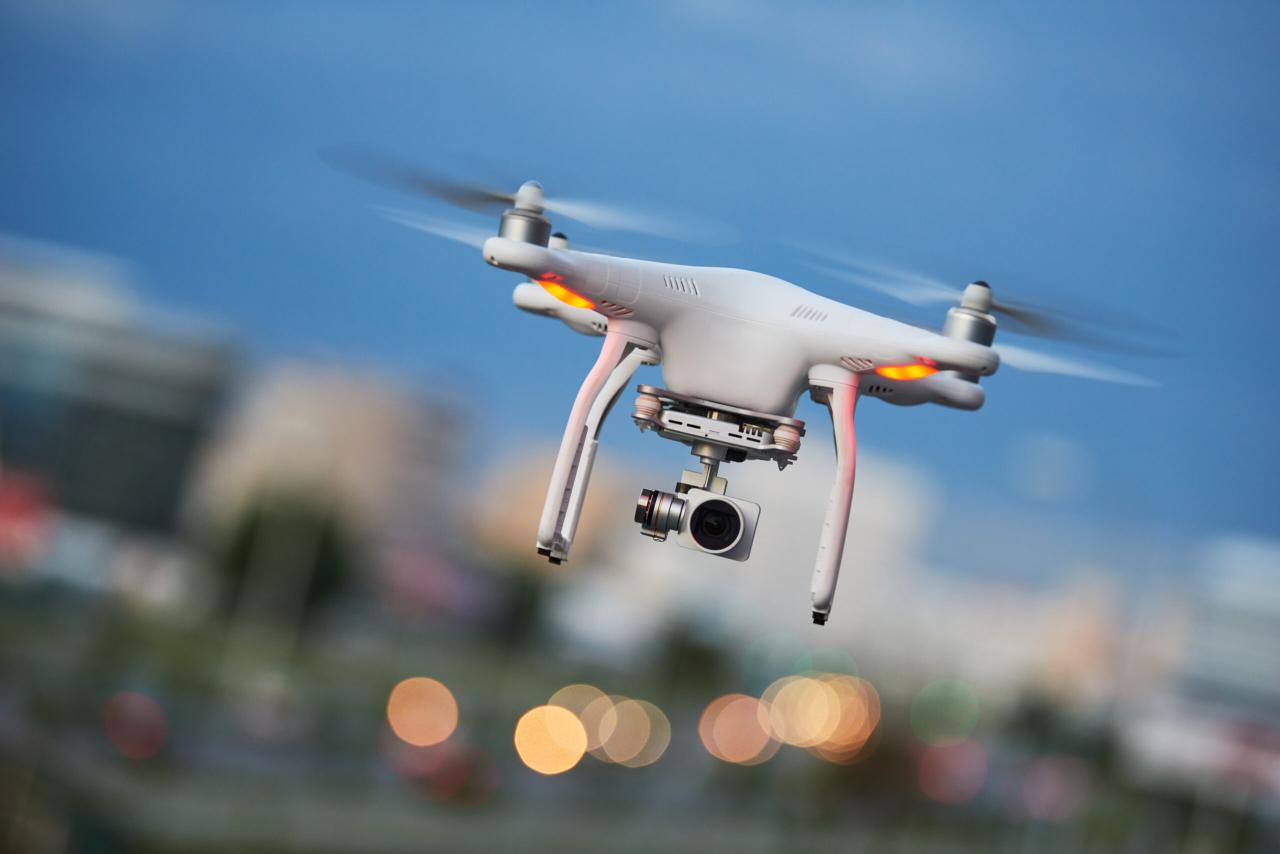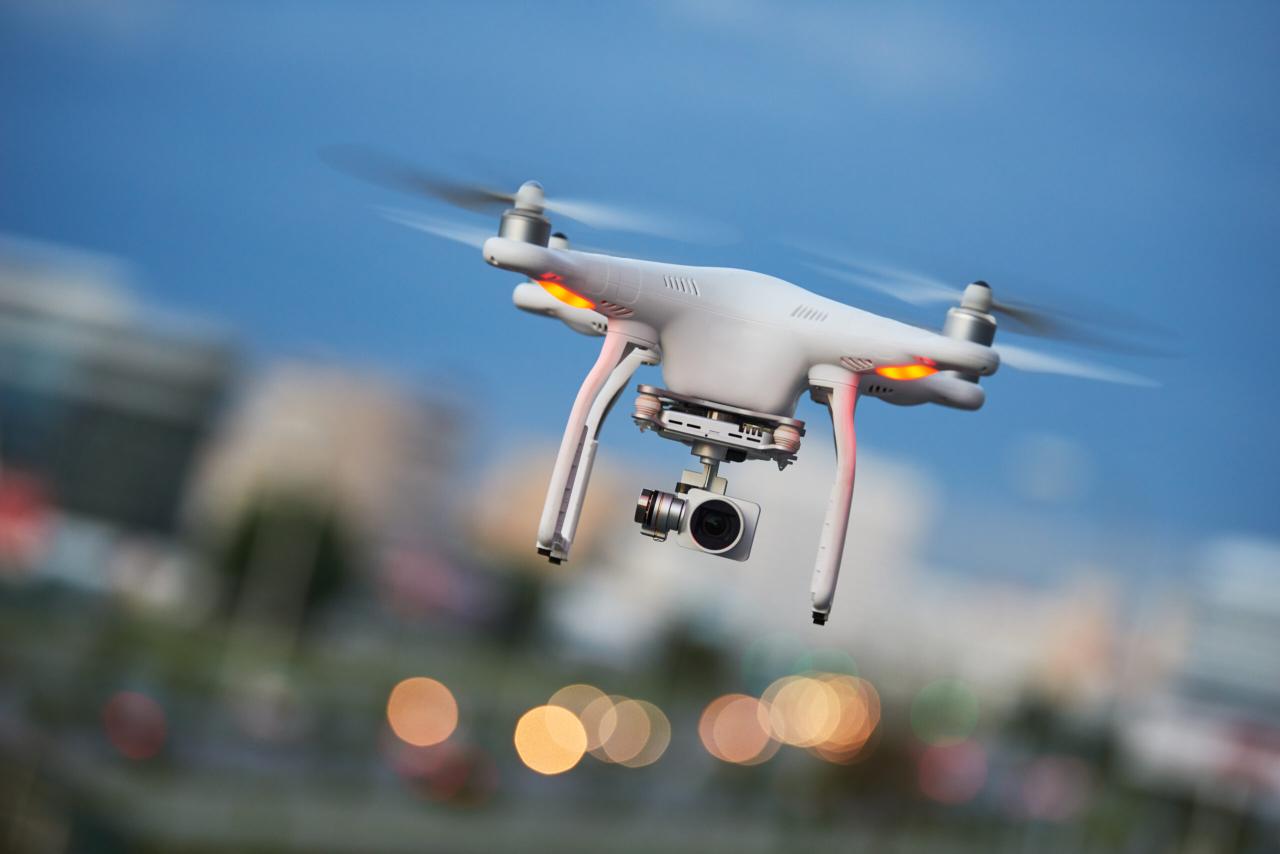Drone show accidents, while relatively rare, highlight the inherent risks involved in this increasingly popular form of entertainment. From spectacular malfunctions to devastating crashes, these incidents underscore the critical need for robust safety protocols and technological advancements. This guide delves into the various causes of drone show accidents, exploring both technological limitations and human error, while offering insights into prevention strategies and highlighting key lessons learned from past incidents.
Drone show accidents, sadly, are a real concern; malfunctions can happen, even with the best planning. To see how intricate the choreography can be, check out the amazing visuals of the niagara falls drone show , which highlights the importance of precise coordination. Understanding the potential for issues, however, helps improve safety protocols for future drone displays and minimizes the risk of accidents.
We’ll examine different types of accidents, ranging from minor glitches to catastrophic failures resulting in injuries or fatalities. We’ll also discuss the crucial role of safety regulations, pilot training, and emergency response procedures in minimizing risks. Finally, we’ll explore technological solutions and risk management strategies aimed at ensuring the continued safe and spectacular enjoyment of drone shows worldwide.
Drone Show Accidents: A Comprehensive Overview
Drone shows, while visually spectacular, carry inherent risks. Understanding the types of accidents, contributing factors, and mitigation strategies is crucial for ensuring safe and successful events. This article explores various aspects of drone show accidents, aiming to provide a clearer picture of the challenges and solutions involved.
Types of Drone Show Accidents

Drone show accidents vary significantly in severity and cause. They can range from minor malfunctions with minimal impact to catastrophic events resulting in significant damage or even fatalities. Several factors contribute to these accidents, often intertwining to create complex scenarios.
- Mid-air collisions: Drones colliding with each other during complex maneuvers.
- Loss of control: A drone becoming unresponsive to pilot commands, often due to technical or environmental factors.
- Battery failures: Unexpected battery depletion leading to a sudden loss of power and a drone falling from the sky.
- Software glitches: Unexpected malfunctions in the drone’s software, potentially affecting its flight stability or responsiveness.
- GPS interference: External signals disrupting the drone’s GPS, causing it to lose its position or fly erratically.
| Accident Type | Frequency (Estimated) | Potential Consequences |
|---|---|---|
| Mid-air collision | Moderate | Drone damage, potential for injuries if drones fall into crowds. |
| Loss of control | High | Drone damage, potential injuries or property damage depending on the location of the fall. |
| Battery failure | Moderate | Drone damage, potential injuries or property damage. |
| Software glitch | Low | Variable, ranging from minor malfunctions to complete loss of control. |
| GPS interference | Low to Moderate | Loss of control, inaccurate flight path, potential collisions. |
Safety Regulations and Protocols, Drone show accident

Robust safety regulations and protocols are essential for minimizing the risk of drone show accidents. These regulations often encompass pilot training, emergency procedures, and pre-flight checks.
- Pilot Training and Certification: Many jurisdictions require drone pilots to undergo specific training and obtain certifications before operating drones in public spaces, particularly for large-scale shows.
- Emergency Response Procedures: Well-defined emergency response plans are vital, including procedures for dealing with lost drones, mid-air collisions, and other unforeseen events. These plans often involve communication protocols, designated emergency personnel, and safety zones.
- International Variations: Regulations and safety standards vary across countries and regions, reflecting differing priorities and technological advancements.
Technological Factors Contributing to Accidents
Technological limitations and vulnerabilities play a significant role in drone show accidents. These factors can range from GPS interference to software bugs.
- GPS Interference: Strong radio signals or other interference can disrupt GPS signals, causing drones to lose position awareness and fly erratically.
- Software Bugs and Firmware Issues: Software glitches or outdated firmware can lead to unexpected malfunctions, potentially causing a loss of control or other critical failures.
Hypothetical Scenario: Imagine a drone show where a sudden surge in radio frequency interference disrupts the GPS signal of several drones. Simultaneously, a software bug causes one drone’s flight controller to malfunction, leading to a collision with other drones, resulting in a cascading effect and multiple drone failures.
Drone show accidents, sadly, are a real concern; malfunctions can happen, even with the best planning. To see how intricate the choreography can be, check out the amazing visuals of the niagara falls drone show , which highlights the importance of precise coordination. Understanding the potential for issues, however, helps improve safety protocols for future drone displays and minimizes the risk of accidents.
Human Factors Contributing to Accidents

Human error is a major contributor to drone show accidents. Factors such as pilot fatigue, poor communication, and inadequate planning significantly increase the risk of incidents.
- Pilot Error: Mistakes made by the drone pilots, such as incorrect programming, improper maneuvers, or failure to follow safety protocols.
- Fatigue and Stress: Extended operation or high-pressure situations can lead to fatigue and reduced decision-making capabilities, increasing the likelihood of errors.
- Inadequate Planning and Risk Assessment: Failure to properly plan the show, assess potential risks, and develop contingency plans significantly increases the risk of accidents.
Recommendations: Implementing robust pilot training programs, emphasizing risk assessment, and ensuring adequate rest periods for pilots are crucial for mitigating human error.
Drone show accidents, sadly, can happen. Proper planning and safety measures are crucial to avoid them, as seen in the meticulous preparations for events like the orlando drone show , which emphasizes safety protocols. Learning from past mishaps, and adopting best practices, is key to ensuring future drone shows are spectacular and safe.
Mitigation Strategies and Prevention
Several strategies can be implemented to mitigate the risks associated with drone shows. These strategies focus on technological improvements, thorough pre-flight checks, and robust risk management.
- Redundancy Systems: Incorporating backup systems, such as redundant flight controllers and GPS modules, to ensure that a single point of failure doesn’t lead to a complete system crash.
- Pre-flight Checks and Maintenance: Rigorous pre-flight checks and regular maintenance are essential for identifying and addressing potential problems before they escalate into accidents.
- Risk Management Plan: Developing a comprehensive risk management plan that identifies potential hazards, assesses their likelihood and impact, and Artikels mitigation strategies.
Case Studies of Notable Accidents
Analyzing past accidents provides valuable insights into preventing future incidents. While specific details of accidents are often confidential, general patterns can be observed.
- Case Study 1: A large-scale drone show experienced a series of mid-air collisions due to a combination of GPS interference and a software glitch in the central control system. The resulting damage was significant, with numerous drones destroyed and a delay in the show. The incident highlighted the importance of robust redundancy systems and thorough pre-flight checks.
- Case Study 2: A smaller drone show experienced a loss of control in one drone due to a sudden battery failure. The drone fell into a crowd, resulting in minor injuries. This case underscores the need for reliable battery technology and appropriate safety zones.
- Case Study 3: A drone show was affected by strong winds, exceeding the operational limits of the drones used. Several drones lost control, resulting in damage to the drones and a disruption of the performance. This emphasizes the importance of thorough weather forecasting and contingency planning.
Closure

Ultimately, preventing drone show accidents requires a multi-faceted approach encompassing stringent safety regulations, advanced technological solutions, rigorous pilot training, and meticulous pre-flight checks. By understanding the contributing factors, implementing effective mitigation strategies, and learning from past incidents, we can strive towards a future where drone shows continue to amaze and entertain without compromising safety. The spectacular nature of these displays should never overshadow the critical importance of prioritizing safety and responsible operation.
FAQ Resource: Drone Show Accident
What is the average cost of a drone show accident?
Costs vary dramatically depending on the scale of the accident, including damage to drones, property, and potential legal liabilities. Minor incidents might cost hundreds, while major accidents could reach millions.
Are drone show pilots insured?
Insurance coverage varies widely depending on location and the specific operator. It’s crucial for drone show operators to carry adequate liability insurance to cover potential damages.
How often do drone show accidents occur?
Precise statistics are limited, but the frequency of accidents is likely low relative to the number of drone shows. However, even infrequent incidents can have significant consequences.
What is the role of air traffic control in drone shows?
Air traffic control regulations vary by location but generally require coordination and notification for drone shows near airports or other controlled airspace to prevent collisions with manned aircraft.
